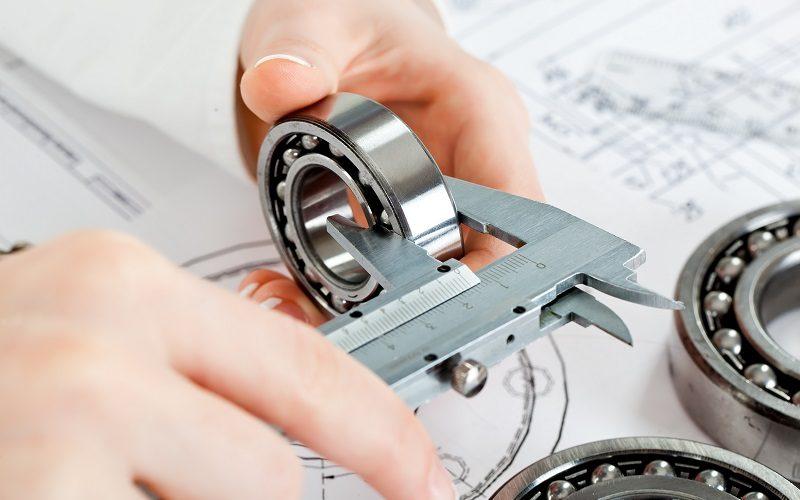
If you are in the manufacturing industry, you must know about the term ‘Tool Making’ and how it’s critical to the various manufacturing processes. The process or method to design the new machines and tool for the production of different products is defined as tool making. The Main is the preparation and designing of the tool frame or machines that will help in bulk productions. Different industries have several ways which vary from steel to plastic or fiber tool productions.
Liquid filling, customizing, and molding of any designs are possible through the making or designs.
Concepts for each industry differ but their aim is similar.
Toolmaking is the process of making tools that are to be used in the production of goods. These tools include milling cutters, lathe bits, and form tools, amongst others. The person involved in the tool-making process is called the toolmaker. To help you understand it even better, let’s take an example. Say, you run industry and are planning to manufacture hammers. It’s the toolmaker who will do the necessary study of the designs and make the tools required for manufacturing that hammer. Also, say the tools required for the job have been manufactured and the process is all set up, but one of the tools malfunctions or is damaged. It’s again the toolmaker who will come to your aid and repair the tool in question.
You now have a fair understanding of the tool-making process and the role of a toolmaker. Now, let’s see how these tools are made.
Process and thoughts behind the preparation and making of tools
To manufacture the tools, a tool maker will use specialized designs, conception along and equipment such as milling machines, lathe machines, and grinding machines, amongst others. Toolmaking is an intricate process and requires a great deal of accuracy and precision. More than one expert from different fields is involved for a better evaluation of design and making.
Earlier, tool makers used to mostly rely on manual machines. However, with the advancement in technology in recent years tool makers are now using computer aided techniques to ensure high-quality tools. Going with computer aided techniques ensures quality tool making. Let’s see how it works. Say, you have to design and built a die that will be used to form a hammer. First, here the tool attached to the anvil and second, the is attached to be the part of hammer. It is the final product for which the tool is manufactured as drop forging. If the hammer requires great precision and accuracy, the toolmaker will opt for computer-aided techniques. In this, they will first work out the designing process of the die and then feed the necessary information into the computer. Now, the computer will provide the necessary commands to the machines to manufacture the die for the hammer.
This is the gist of tool making, in the simplest possible terms while including all the relevant information. It will help you understand the process, the various options you have, and the role of a toolmaker. Once you have a fair idea of the concept and the process, you can go with in-house tool making in your industry. It will bring down the costs and you would be able to monitor the whole process of making the tools and can make changes whenever required. Also, the presence of designers and developers of tools in the industry ensures that any broken or malfunctioning tool is repaired at the earliest. The tool making process and employing tool makers will be a major boost for your industry.





